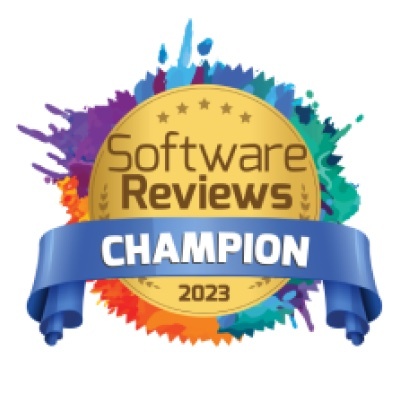Data governance is a documented set of rules and guidelines that verifies the data within a business is managed properly throughout its lifecycle. Governance goes beyond simple management by creating an extra layer of security and compliance which is an added value to businesses. These set of governance rules, when followed accurately and consistently, ensure cleaner data which leads to better business decisions and outcomes.
One of the best practices for boosting data governance policies is to identify critical data elements. However, data collection is not an easy feat. This is why many organizations are also incorporating data lineage tools into their environments. Data lineage tools help track data, from its origin to its last value. In order to maintain accurate data governance, data lineage tools can be best used to analyze various points of the data, derive detailed analysis, and keep track of data point movements.
As each organization is different, your business will build its own framework of data governance policy that best suits its practices.
Simply said, without robust data lineage tools, finding and understanding one’s data and keeping track of the entire process is a complicated, error-prone and timely mission. Moreover, any organization prioritizing data governance must have automated data lineage tools to be able to track and control the data movement process.


